What could the new combined HBO Max-Discovery+ streamer be called?
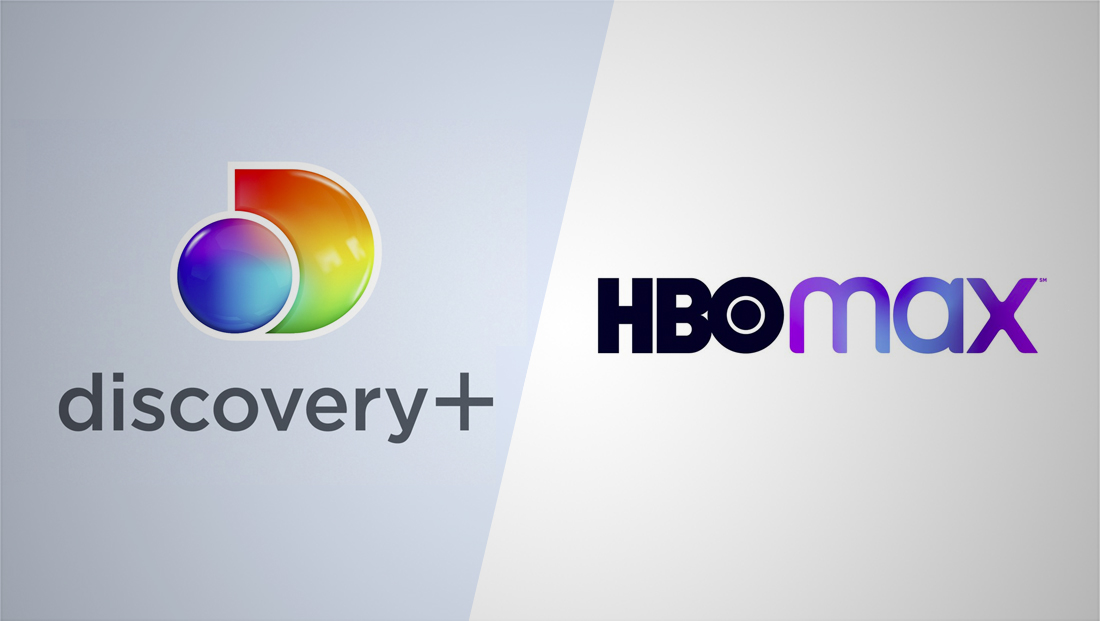
Weekly insights on the technology, production and business decisions shaping media and broadcast. Free to access. Independent coverage. Unsubscribe anytime.
With Warner Bros. Discovery confirming it would merge streamers HBO Max and Discovery+, there’s still a big question left up in the air — what the new service might be called.
WBD CEO David Zaslav confirmed plans to combine the two services on an Aug. 4, 2022, earnings call, but did not offer details about branding other than to say they would use a “single global brand.”
It’s possible that the service could opt to use either the existing HBO Max or Discovery+ name, though this could provide some challenges from a branding standpoint given existing perceptions of both names.
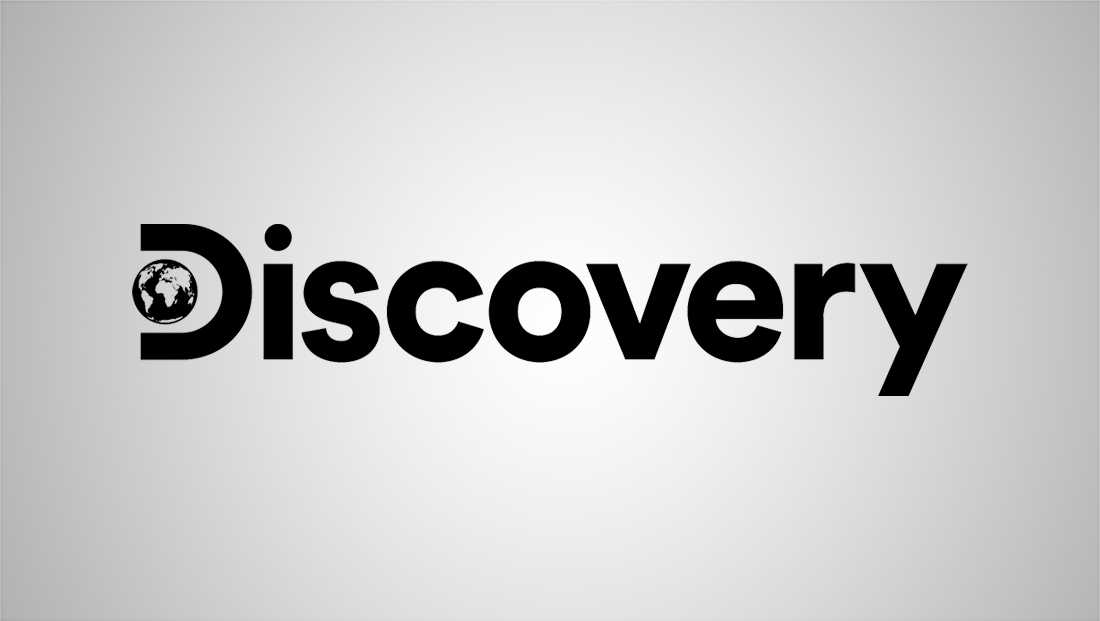
“Discovery” is widely associated with its flagship Discovery Channel, which, along with the rest of the Discovery+ offerings, focuses on reality and non-fiction programming.
During its Aug. 4, 2022, investors call, WBD itself identified Discovery+ as having what it labeled a female-skew toward unscripted content. It is largely placed in the “lean back” category (as opposed to “lean in”), meaning it’s considered “comfort viewing” and home of “genredoms.” Previous Discovery+ marketing materials have listed out key genres it offers.
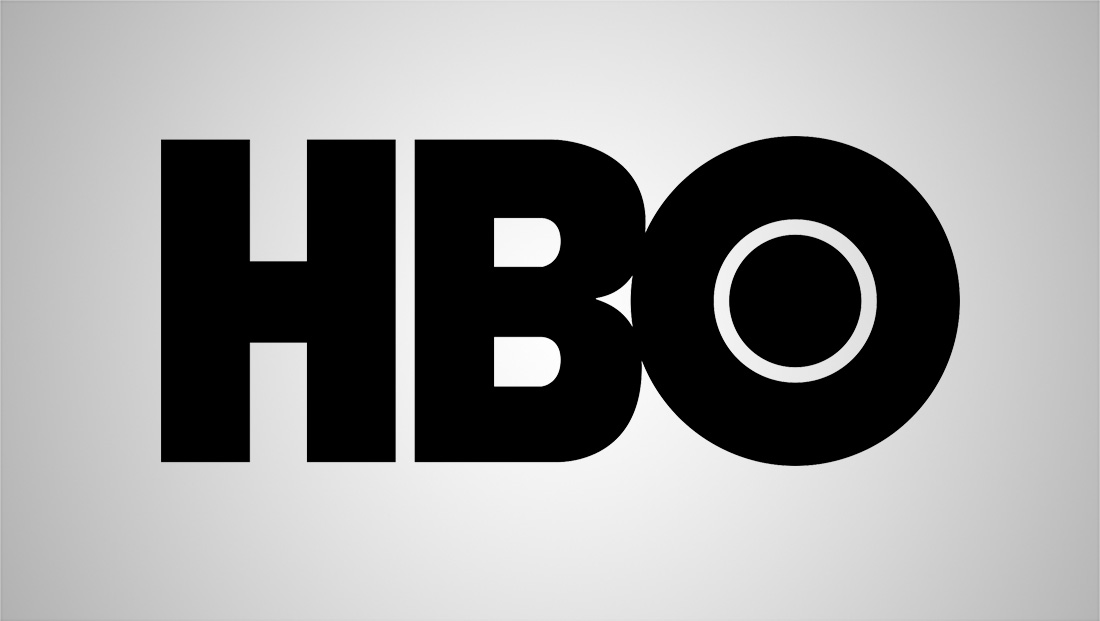
The “HBO” name from which “HBO Max” name is derived is a strong brand as well — with its connections to the premium cable channel that originally focused on showing feature films, hence the “Home Box Office” full name. Since then, however, HBO has expanded into producing its original content, including adding its own entertainment shows, news, sports and non-fiction content.
WBD sees HBO Max as skewed more toward a male audience, with an emphasis on scripted content that triggers viewers to lean in. It’s also classified as appointment viewing and the home of “fandoms” — an appropriate nod to the channel that created such franchises as “Sex and the City” and “Game of Thrones.”
HBO Max does have the advantage of having stronger subscriber figures than Discovery+, so that could be a reason to keep that name or a similar one around and there’s nothing that says an “outdated” brand that originally referred to movies can’t continue to be used even if it doesn’t make full sense in a more literal fashion, especially if it’s a strong one (Netflix’s references to films as “flix” in its name is a good example of this).
There is also the possibility WBD will create a new name that better represents the plethora of content that would presumably be included in the combined venture.
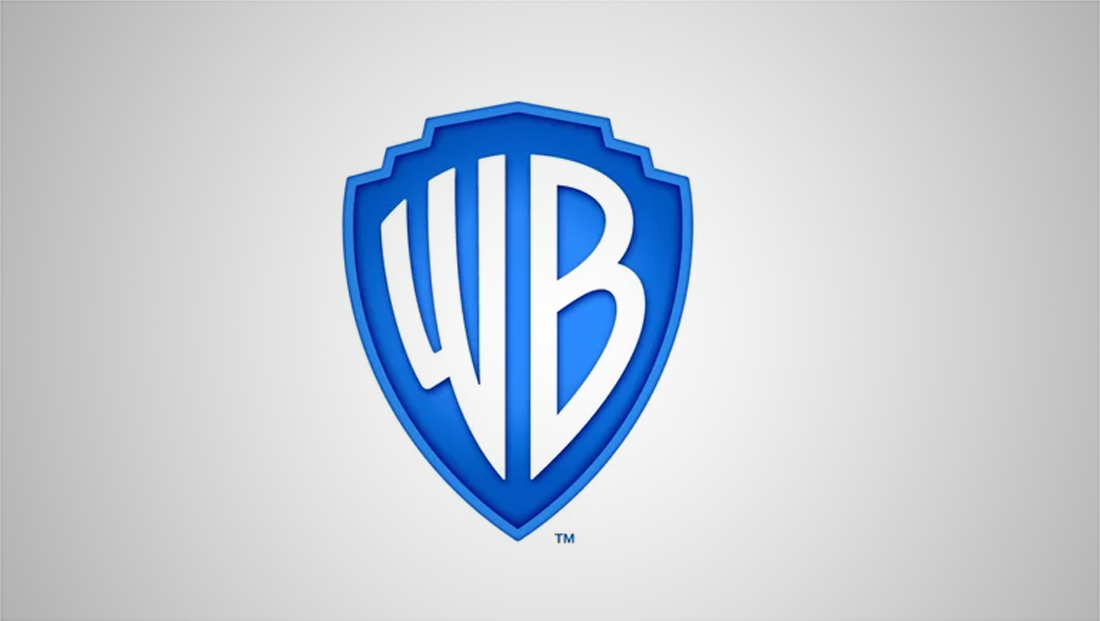
Perhaps an obvious possibility includes leveraging the “WB” initialism, which is familiar to many.
While it’s probably most familiar as being the name of its flagship movie studio, variations of the Warner Bros. name operate in other business lines as well. The name could stir connections to The WB network that Warner Bros. operated from 1995 to 2006. Despite it never being a huge commercial success, it did offer a variety of programming and its legacy may have fallen out of many viewers’ minds since it closed up shop (not to mention younger viewers likely won’t remember it).
In some ways, rebranding under a WB-related name would echo CBS’s move to change the name of its streamer CBS All Access to Paramount+, taking on what was then more of a legacy studio name (ViacomCBS, the parent of CBS, would eventually double down on the brand and rename itself as Paramount Global or simply “Paramount” in public-facing use).
“WBD” is perhaps another possibility for a naming element, but has the disadvantage of not being as familiar of an abbreviation — given that the company literally didn’t exist before this year. It’s also a bit clunky and hard to say, perhaps because “W” is the only double-syllable letter in the English language.
Speaking of language, any name picked would also have to play well across the globe — or have a strong alternative if it doesn’t work will with a particular country’s culture or language. Many global companies based in the U.S. still use their English name even when the name could be, at least in theory, translated into a particular native language.
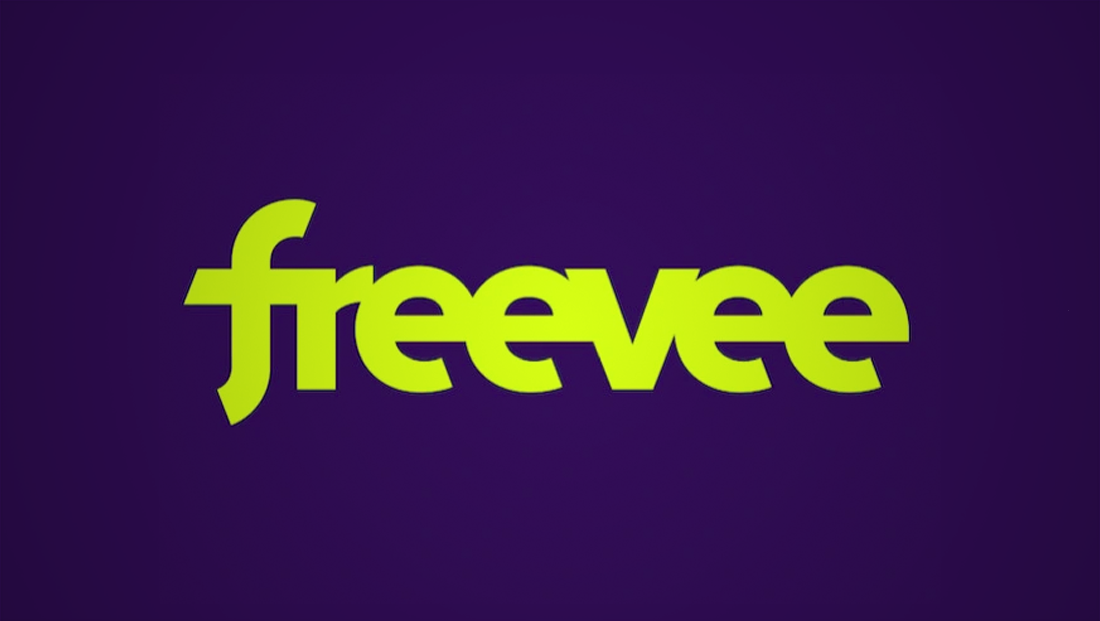
The company could also go the route of creating an entirely new name, such as Amazon recently did with its decision to rebrand IMDb TV (named after a site it owns) to “Freevee.” Such a new name could be an existing word or combination of several words or a “made up” word such as “Freevee” or “Hulu,” that latter of which was an early streaming pioneer.
WBD’s combined corporate legacy also likely includes at least some brand names that have gone silent or were never even used publicly that could be brought back or recycled and used for the combined streamer, with the possible advantage of already being owned by the company.
Using an entirely new brand could make more sense given the wide variety of content that is likely to be featured on it and a desire to avoid boxing itself in because of its name. However, that will largely depend on what strategy WBD leadership wants to go with.
WBD will also have to consider the value of using the “+” in whatever brand it lands on.
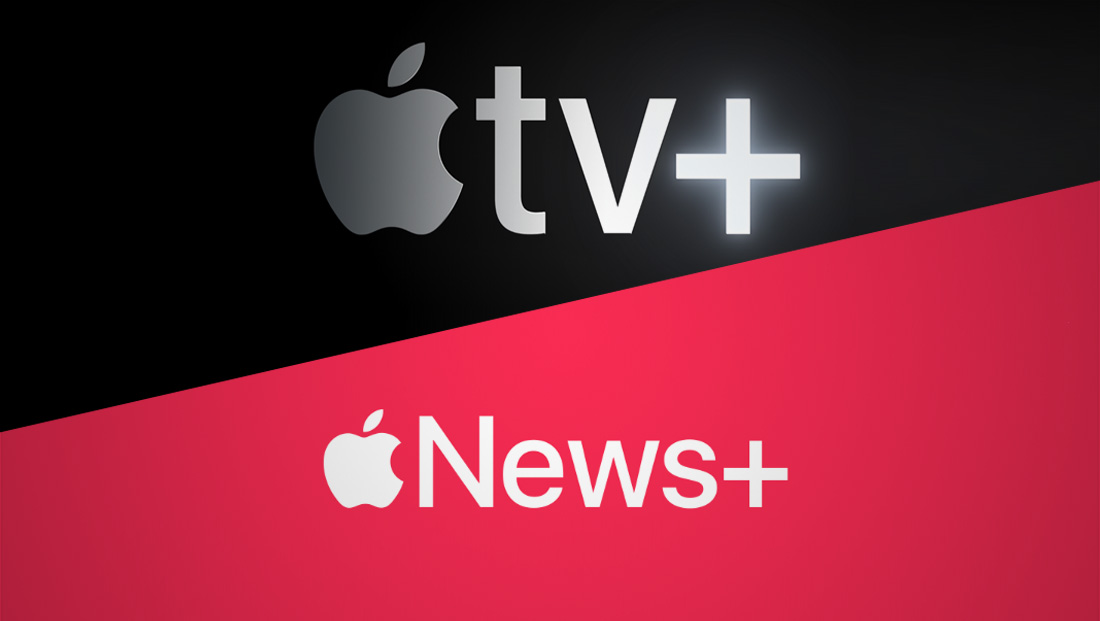
On one hand, the use of “+” has become somewhat overdone — with Disney+, Paramount+, Apple TV+, AMC+, NFL+, FIFA+ (not to mention Discovery+ and the defunct CNN+) already either being offered or announced.
While it seems, at times, that everyone is just adding “+” to their name and launching a streaming service, the familiarity with “+” as being associated with a streaming service is also likely beneficial to some brands, even though HBO Max eschews this practice by implying its service is not simply “plus” more content but rather the “maximum” amount of content.
There are also non-streaming offerings, such as Apple News+ that don’t operate directly in the streaming category, since the use of “+” in brand names didn’t start with streaming.
One downside to the “+” branding, however, is that domain names and most social media platform usernames don’t support the use of the “+” character in them, meaning it typically has to be spelled out as “plus” in these cases. However, this might be something that’s become common enough that consumers are able to understand why both varieties are used.
It’s also possible that WBD could simply tack the “Max” reference on to whatever name it choses. This would have the advantage of both leveraging the name’s uniqueness in the space while also keeping some link to the familiarity of the brand.
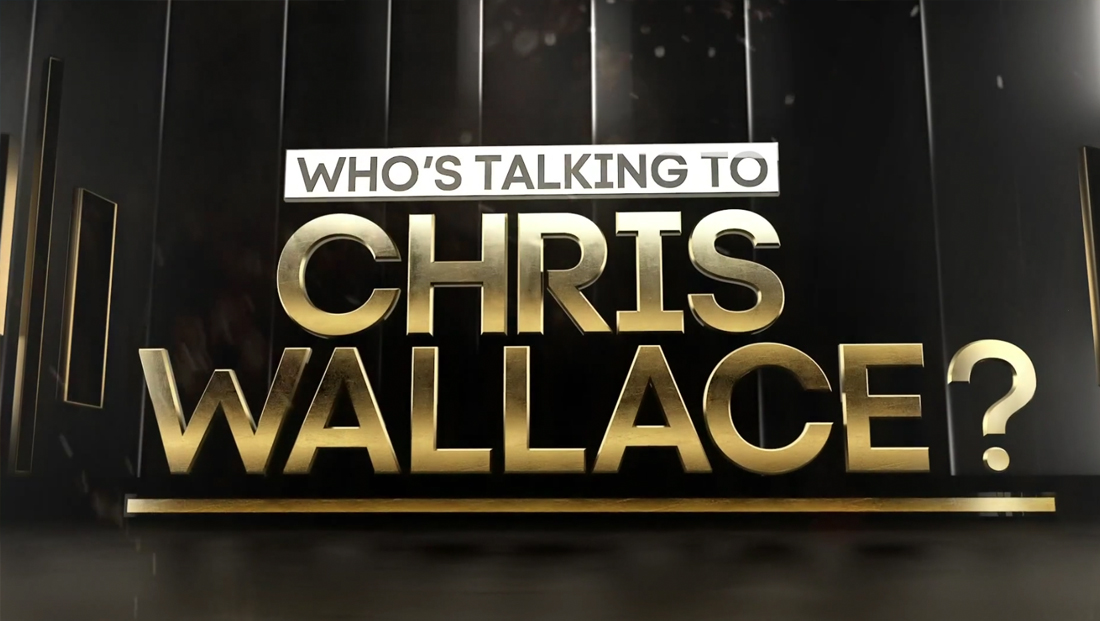
Another factor to consider is how the overall name might help reflect possible future content plans, including the planned inclusion of CNN material. WBD has already said “Who’s Talking to Chris Wallace?,” a leftover from the CNN+ streaming service that flopped after less than a month online, would move to HBO Max come the fall of 2022. Assuming the show lasts there, it would presumably eventually become part of the new, combined streamer.
The Chris Wallace-helmed interview show draws parallels to HBO offerings such as “Real Sports” and the now-canceled “Vice News Tonight.”
For its part, Discovery+ is getting a CNN Originals Hub that’s focused more on the network’s non-fiction documentary and true crime content (it will also pull in content from sister network HLN).
Eventually, all of these efforts will presumably become part of whatever the new streaming service is called — with the current strategy of having certain content live on either Discovery+, HBO Max or, in some cases, both, being temporary until they are merged.
It’s likely that WBD will turn to at least some market research and branding experts before settling on a final name for its new, larger streaming service. Having a strong, solid name that clearly states what the service offers while also standing out could prove to be important as more and more streaming services continue to pop up.





tags
Discovery Plus, HBO Max, Warner Bros. Discovery
categories
Branding, Broadcast Industry News, Featured, Streaming